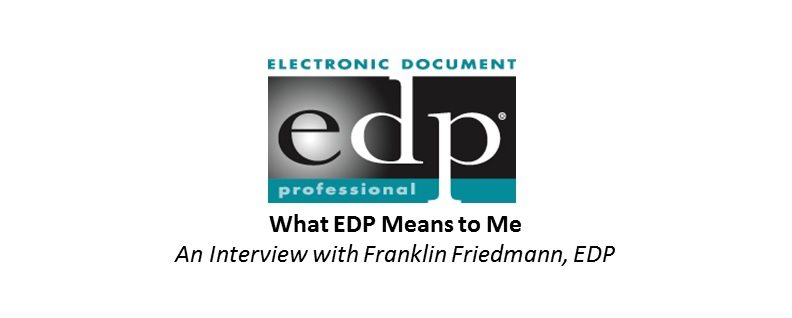Why should my company look at EDP Industry Certification?
An Interview with Scott Draeger, M-EDP, Architect of the EDP Challenge
By: Skip Henk, EDP – CEO of Xplor International
When I was asked to interview someone who has done something significant for the EDP Program that no one else has, I immediately thought of Scott Draeger, M-EDP, Vice President of Product at GMC Software. Scott is the architect of what we today call the EDP Challenge.
To give you a little background about Scott, he has been involved with Xplor now for over 15 years. Over the years, Scott has attended Xplor conferences, spoke at events, chaired education tracks, served as a board member, served on a variety of panels/committees, and much more. His insight and forward-thinking has really helped the industry and Xplor as an association.
Skip: Scott, thank you for taking the time today to speak to me about something I know you are passionate about, the EDP Certification program.
Scott: It is my pleasure as it certainly is a passion of mine.
Skip: When did you get your EDP and what drove you to strive for it?
Scott: When I graduated from UNLV, it was a tough job market. I applied for a “Document Designer” position at National Data Services of Chicago, and I was hired by Louise Wilhelm, EDP (then EDPP). She was especially passionate about the EDP program, because she was part of the first class. She invested time into her team, showing me and my coworkers how the EDP program can turn a job into a career.
From that meeting, I had a personal goal of getting my EDP as soon as possible. I moved on to a different position in the industry, gained my five years of experience, and then went for my EDP. I asked Louise to be my mentor, and she agreed. We put together a portfolio, and I was awarded my certification on stage in Dallas in 2004. I was proud to be recognized as an EDP by a large new group of peers, and I am grateful to Louise for introducing me to this community.
Skip: What does it mean to you personally to be an EDP?
Scott: Being an EDP means that I can prove longevity and dedication in a profession that has a deep well of knowledge, a requirement to constantly learn, and a commitment to improving our craft. EDPs care about how we can improve things, why we are doing these projects, and increasing the impact of the things we to in the design, creation and delivery of electronic documents.It also means that people often ask me, “What’s an EDP?” (M-EDP in my case.) I love telling them about Xplor, the EDP concept, and how our industry is committed to leading valuable changes that streamline the business aspects of our projects while we are bringing new features and channel to the customer experience.
Skip: Has the certification helped you professionally throughout your career?
Scott: Most often, this has helped when I meet people. Every time someone asks, “What’s an M-EDP,” I get a chance to show passion about our industry. This passion then reflects positively on the work I am doing as well as the company I represent. Many times in my career, other EDPs and I have networked to solve some difficult technical, business, or Xplor-related topics. EDPs can find and resolve difficult problems.
Skip: A few years ago, you approached me wanting to put your company through an “EDP Challenge”. You have since done it for three years and you’re looking at a fourth. How did the EDP Challenge come about and why did you push for your organization to do an EDP Challenge?
Scott: I was on the EDP Commission, and I saw that the numbers of applicants appeared low to me I know that it is a great program that has added value to my career. I realized that the numbers were low, because I wasn’t doing my part. I looked around at my colleagues and saw a bunch of great potential EDPs. Adding EDP to a business card or an email signature brings credibility to a person. Even when it brings a question, “What does EDP Mean,” it is a chance to show passion for our skills, industry and work.
Once I realized there were many great candidates with a low level of awareness, I looked around for some budget, and negotiated a way to get a large number of EDPs through the program on a single portfolio submission price. Then, it was a matter of hosting some lunchtime webinars about the designation, the process, and the program. The first one generated over 20 new EDPs from several countries.
Skip: What does the certification mean to all the people you’ve guided through the program?
Scott: Over the years, I have mentored or assisted over 50 people through the program. However, I am the worst mentor in all of Xplor’s history, as I believe I have the highest portfolio resubmission rate. I started to notice that a lot of new skills were becoming requirements for some of the projects. I noticed that a lot of “electronic documents” were moving away from projects run by Xplorers, and moving to some digital, mobile or web agencies. So, I worked a bit with the Xplor EDP Commission to get some of these new skills recognized. Today, applicants can get points for some of these web, mobile, and marketing skills.
This is usually because I am trying to bring people with new roles into the program, because our industry is changing rapidly. Some of these experiences have made earning the EDP designation more valuable for both me and the EDP (they all passed.) Some of the people I have mentored have gone on to achieve some wonderful things in this industry and have even mentored other EDPs. As Xplorers, we need to stop the erosion of communications to fragmented digital projects, so younger EDA applicants with new types of experience are of particular interest to me.
Skip: What does it mean for your company to be investing in their people?Scott: At GMC Software, two of our shared corporate values include Performance and Passion. We are looking to constantly improve our skills and make sure we are excited about what we do. We invested time in 2 EDP Challenges at GMC. This helped people see that our industry has a lot of skills.
Once they go through the process, Support people see a deeper importance of sales and marketing. Marketing people see the depth of knowledge needed to make great campaigns that speak to potential clients, and the product owners learn more about the deep requirements of integrations into larger processes. So, every applicant learns to appreciate the value of the part they contribute as well as how their part fits into the larger process. Once people see this mix, they have more pride in their work and more awareness of the value of their work in the wider world.
Skip: Who do you think should attain their certification?
Scott: I think people who go through the process will be surprised at how large the return on investment of time can be. So, I think that anyone interested in learning about themselves should attain this designation. If you are mildly interested in this as a career, get an EDA. If you’ve been here for five years, and you think you have a story to tell, go for an EDP. I promise you have three great stories to tell, which is the basic criteria for a gret EDP portfolio. I can also promise that going through the process will improve your perspective about where you fit in the industry. With some passion, this context, and an EDP, you can take your career to some amazing places based on the personal insight you gain through the process.
Skip: Thank you very much Scott for taking the time. I look forward to seeing you in Orlando from March 28-30 for Xploration 17 where your newest class from your EDP challenge will be awarded!
If anyone has any additional questions regarding the EDP Certification program, please visit www.xplor.org/edp and take a look around.
Until next time! Take care.

Skip Henk, EDP
President/CEO
Xplor International
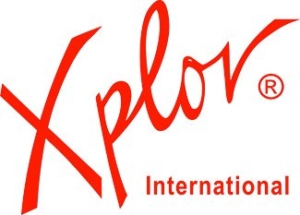
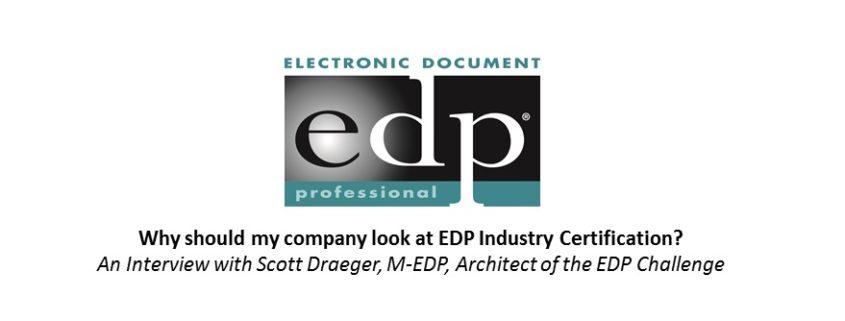
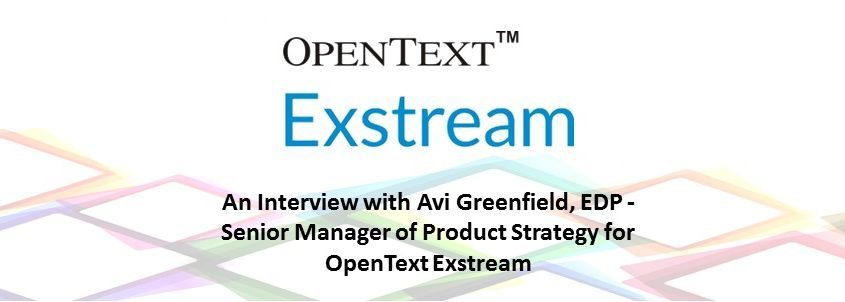
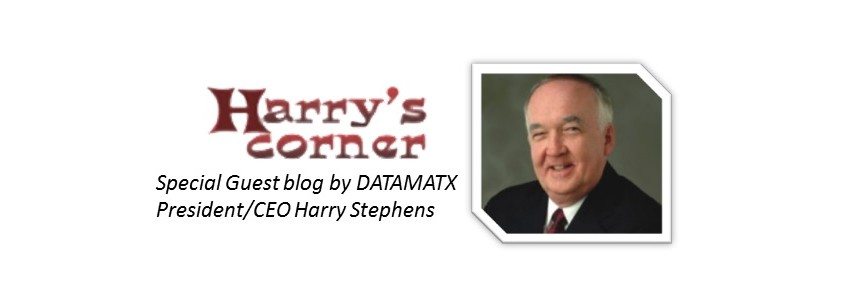


 Alexandra Truchot – Content creation specialist with Objectif Lune. Writer and compulsive reader. Eager for unknown destinations and exciting encounters. Anything is possible, you just have to believe it. Connect with her on
Alexandra Truchot – Content creation specialist with Objectif Lune. Writer and compulsive reader. Eager for unknown destinations and exciting encounters. Anything is possible, you just have to believe it. Connect with her on 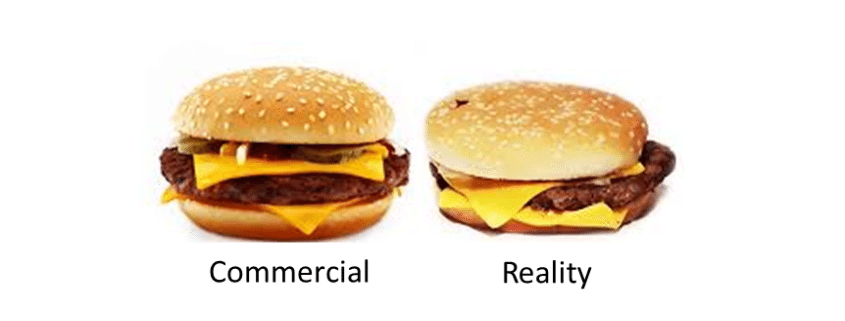
 Last week, I had a Big Mac craving and ventured to McDonald’s to order myself a Big Mac and fries. (Don’t judge me, I know the Big Mac is 560 calories and fries add an additional 368 calories; this isn’t the point) The “customer experience” was going along well, I did not have to wait long, the order appeared correct and I saw the fries come out the fryer, so they were nice and hot. I was good to go. I sat down to eat and opened my Big Mac finding BOTH patties were hanging halfway off the bun. Not sure exactly why it crossed me but it did.
Last week, I had a Big Mac craving and ventured to McDonald’s to order myself a Big Mac and fries. (Don’t judge me, I know the Big Mac is 560 calories and fries add an additional 368 calories; this isn’t the point) The “customer experience” was going along well, I did not have to wait long, the order appeared correct and I saw the fries come out the fryer, so they were nice and hot. I was good to go. I sat down to eat and opened my Big Mac finding BOTH patties were hanging halfway off the bun. Not sure exactly why it crossed me but it did.
